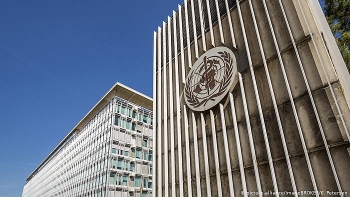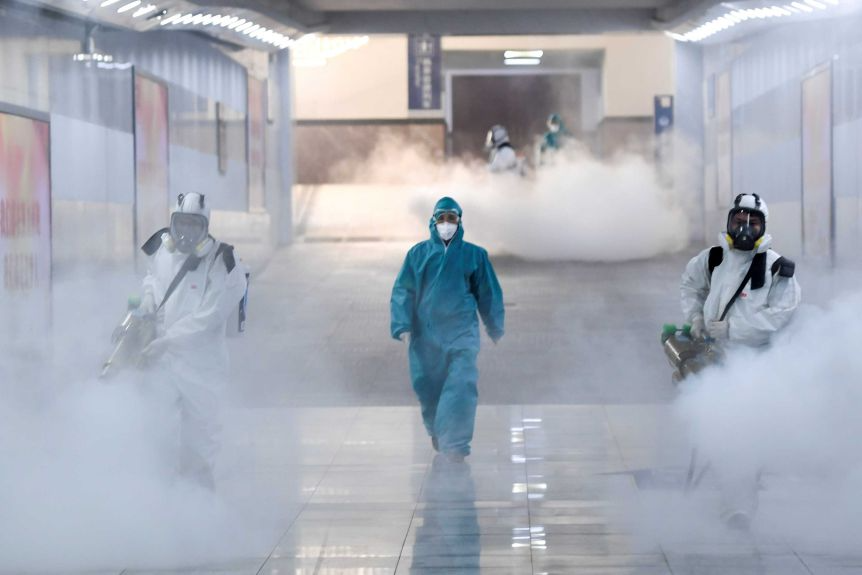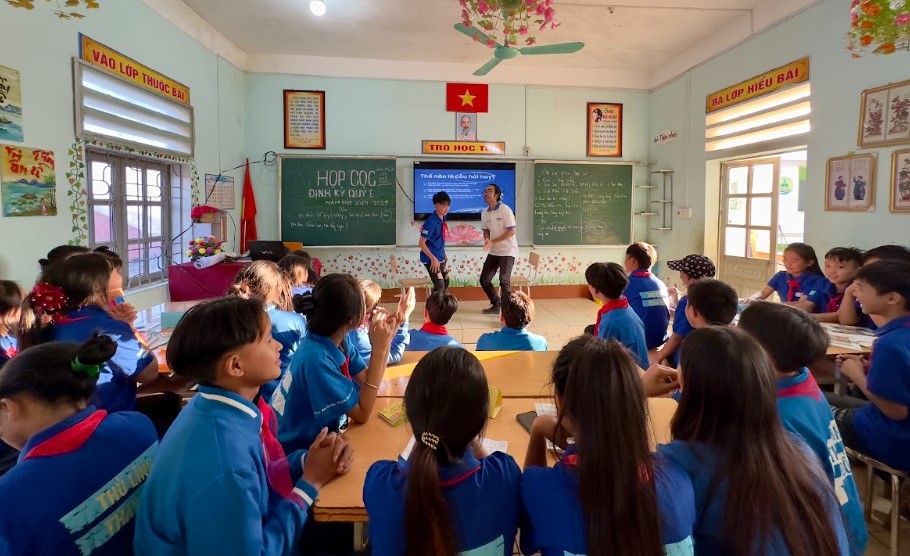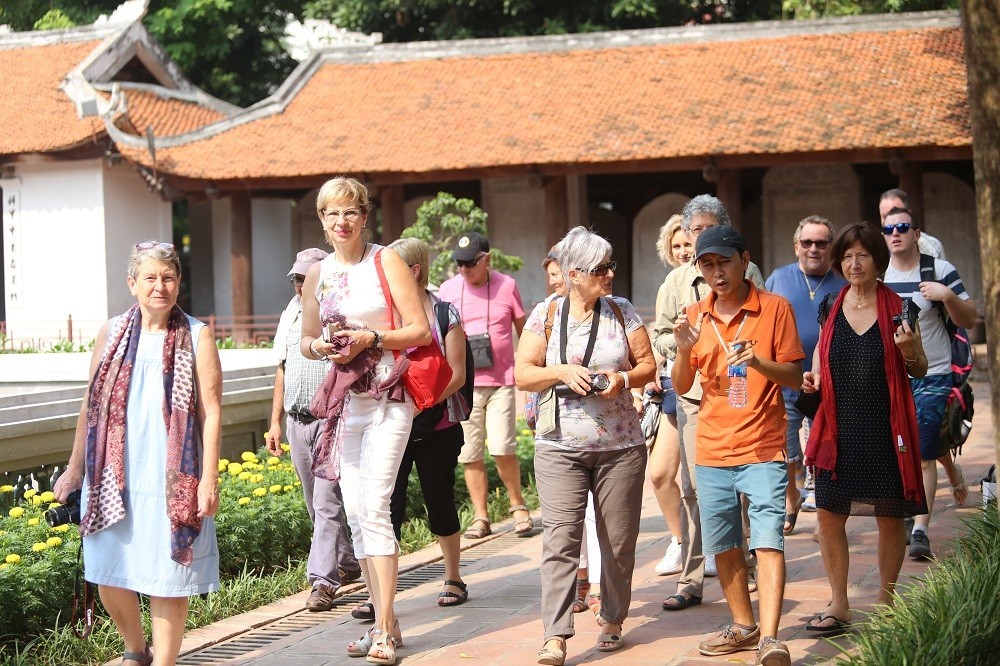WHO teams visits Wuhan food market in search of virus clues
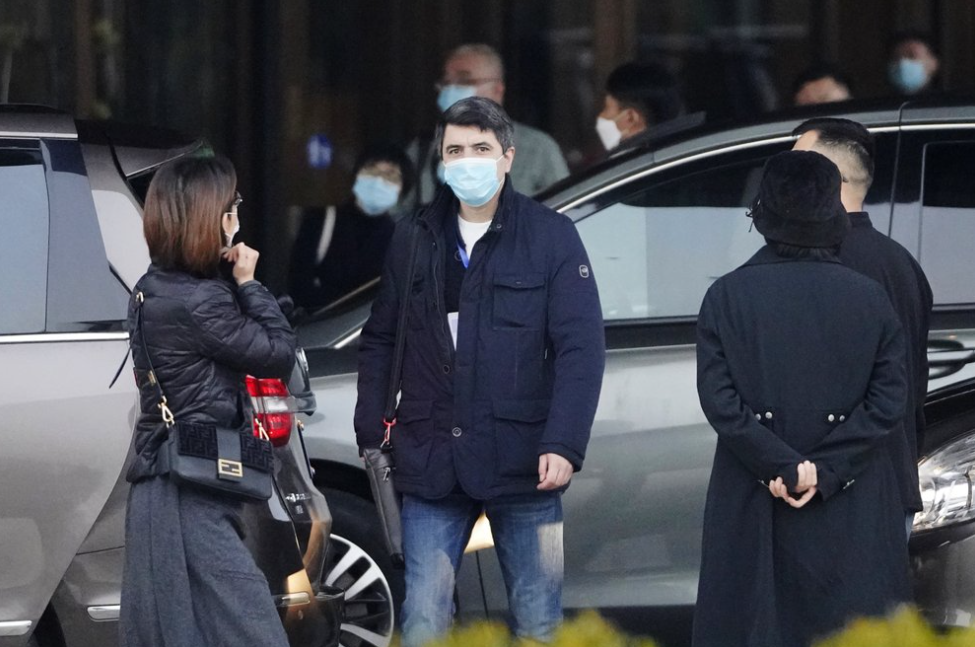 |
| Vladimir Dedkov, center, of the World Health Organization team, prepares to leave for the third day of a field visit in Wuhan in central China's Hubei province on Sunday, Jan. 31, 2021. (Photo: AP) |
According to ABC News, the team members visited the Huanan Seafood Market for about an hour in the afternoon, and one of them flashed a thumbs-up sign when reporters asked how the trip was going.
The market was the site of a December 2019 outbreak of the virus. Scientists initially suspected the virus came from wild animals sold in the market. The market has since been largely ruled out but it could provide hints to how the virus spread so widely.
“Very important site visits today — a wholesale market first & Huanan Seafood Market just now,” Peter Daszak, a zoologist with the U.S. group EcoHealth Alliance and a member of the WHO team, said in a tweet. “Very informative & critical for our joint teams to understand the epidemiology of COVID as it started to spread at the end of 2019.”
Earlier in the day, the team members were also seen walking through sections of the Baishazhou market — one of the largest wet markets in Wuhan — surrounded by a large entourage of Chinese officials and representatives. The market was the food distribution center for Wuhan during the city’s 76-day lockdown last year.
The members, with expertise in veterinary medicine, virology, food safety, and epidemiology, have so far visited two hospitals at the center of the early outbreak — Wuhan Jinyintan Hospital and the Hubei Integrated Chinese and Western Medicine Hospital.
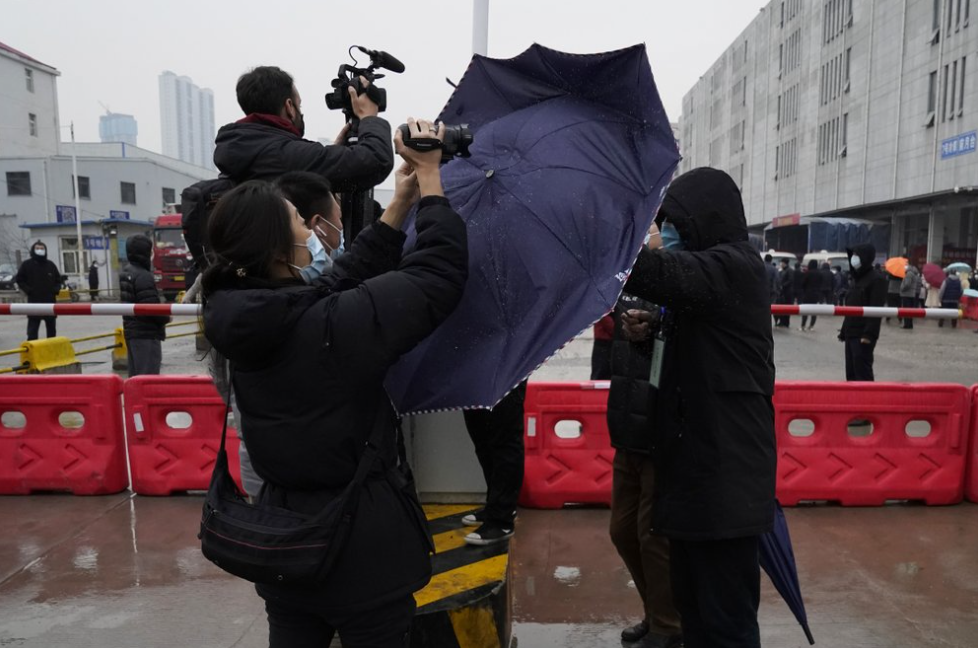 |
| A plainclothes security person uses his umbrella to block journalists from filming after the World Health Organization team arrives at the Baishazhou wholesale market on the third day of the field visit in Wuhan in central China's Hubei province on Sunday, Jan. 31, 2021. (Photo: AP) |
WHO Team's agenda in Wuhan
The industrial and transportation hub on the Yangtze River is the first place the coronavirus surfaced in the world. It’s possible that the virus came to Wuhan undetected from elsewhere, but the city of 11 million is a logical place for the mission to start. People began falling ill in December 2019, many with links to a sprawling food market that dealt in live animals. The growing number of patients triggered alarms that prompted China’s Center for Disease Control and Prevention to send a team to investigate.
According to AP, first, the team has to quarantine for 14 days, during which they will work with Chinese counterparts via video conference. Possible visits after quarantine are the Huanan Seafood Market, the site of the December 2019 cluster of cases, and the Wuhan Institute of Virology.
Scientists initially suspected the virus came from wild animals sold in the market. The market has since been largely ruled out but it could provide hints to how the virus spread so widely. Samples from the market may still be available, along with the testimony of those involved in the early response.
The Wuhan Institute of Virology maintains an extensive archive of genetic sequences of bat coronaviruses built in the wake of the 2003 SARS pandemic, which spread from China to many countries. WHO team members would hope for access to lab logbooks and data, both junior and senior researchers, and safety protocols for sample collection, storage, and analysis.
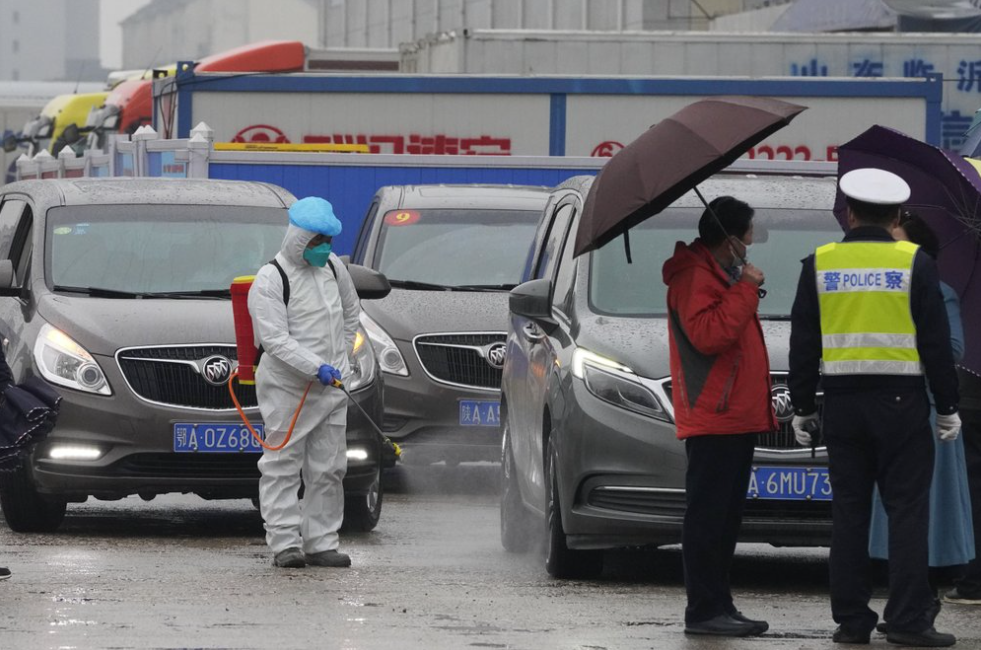 |
| A worker in protective overall disinfects a vehicle from the World Health Organization convoy while they were visiting the Baishazhou wholesale market on the third day of a field visit in Wuhan in central China's Hubei province on Sunday, Jan. 31, 2021. (Photo: AP) |
Politics gets involved
The mission has become politically charged, as China seeks to avoid blame for alleged missteps in its early response to the outbreak. The ruling Communist Party keeps a tight hold on information and is particularly concerned about possible revelations about its handling of the virus that could open it up to international criticism and financial demands.
China stifled independent reports about the outbreak and has published little information on its search for the origins of the virus. An AP investigation found that the government has strictly controlled all scientific research related to the outbreak and forbids researchers from speaking to the press. State media continue to play up reports that suggest the virus could have originated elsewhere. In announcing the experts’ visit, Foreign Ministry spokesperson Zhao Lijian said “the tracing of the virus origin will most likely involve multiple countries and localities.”
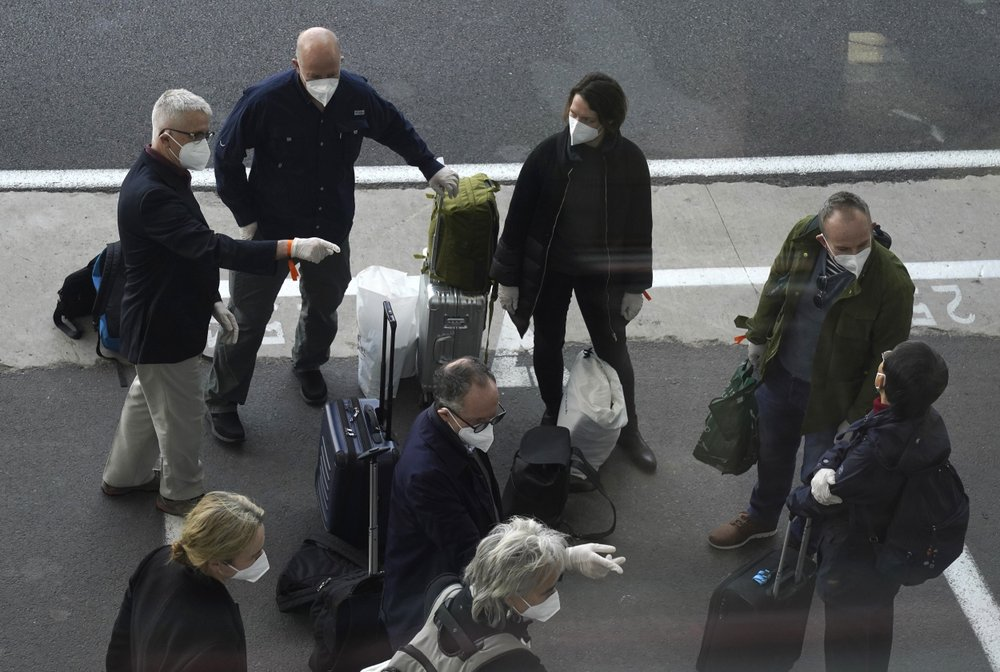 | Vietnamese expert and WHO delegation arrived in Wuhan to probe Covid’s origins The WHO delegation, including Vietnamese expert Nguyen Viet Hung, arrived in China’s Wuhan City on January 14 to investigate the origins of the Covid-19. |
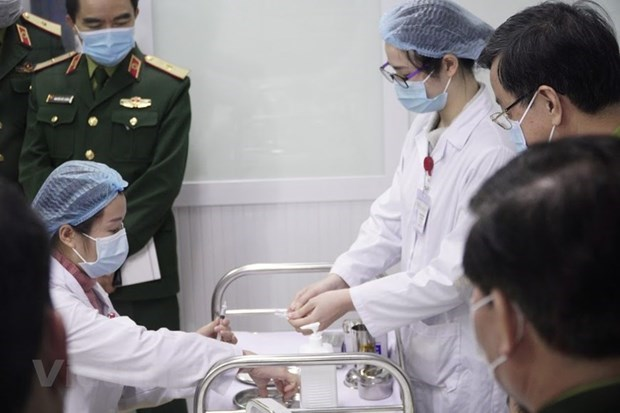 | Vietnam’s COVID-19 vaccine trials strictly observe WHO’s guidance The trials of COVID-19 vaccine in Vietnam strictly follow the guidance of the World Health Organisation (WHO) and international organisations in terms of safety and ... |
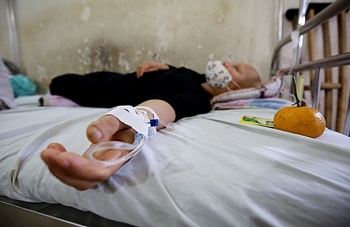 | WHO names Vietnam among countries with highest cancer fatality rates worldwide Vietnam was named as one of the nations with the highest rate of cancer fatalities and new cancer cases in the world, The World Health ... |
Recommended
 World
World
Pakistan NCRC report explores emerging child rights issues
 World
World
"India has right to defend herself against terror," says German Foreign Minister, endorses Op Sindoor
 World
World
‘We stand with India’: Japan, UAE back New Delhi over its global outreach against terror
 World
World
'Action Was Entirely Justifiable': Former US NSA John Bolton Backs India's Right After Pahalgam Attack
 World
World
US, China Conclude Trade Talks with Positive Outcome
 World
World
Nifty, Sensex jumped more than 2% in opening as India-Pakistan tensions ease
 World
World
Easing of US-China Tariffs: Markets React Positively, Experts Remain Cautious
 World
World


